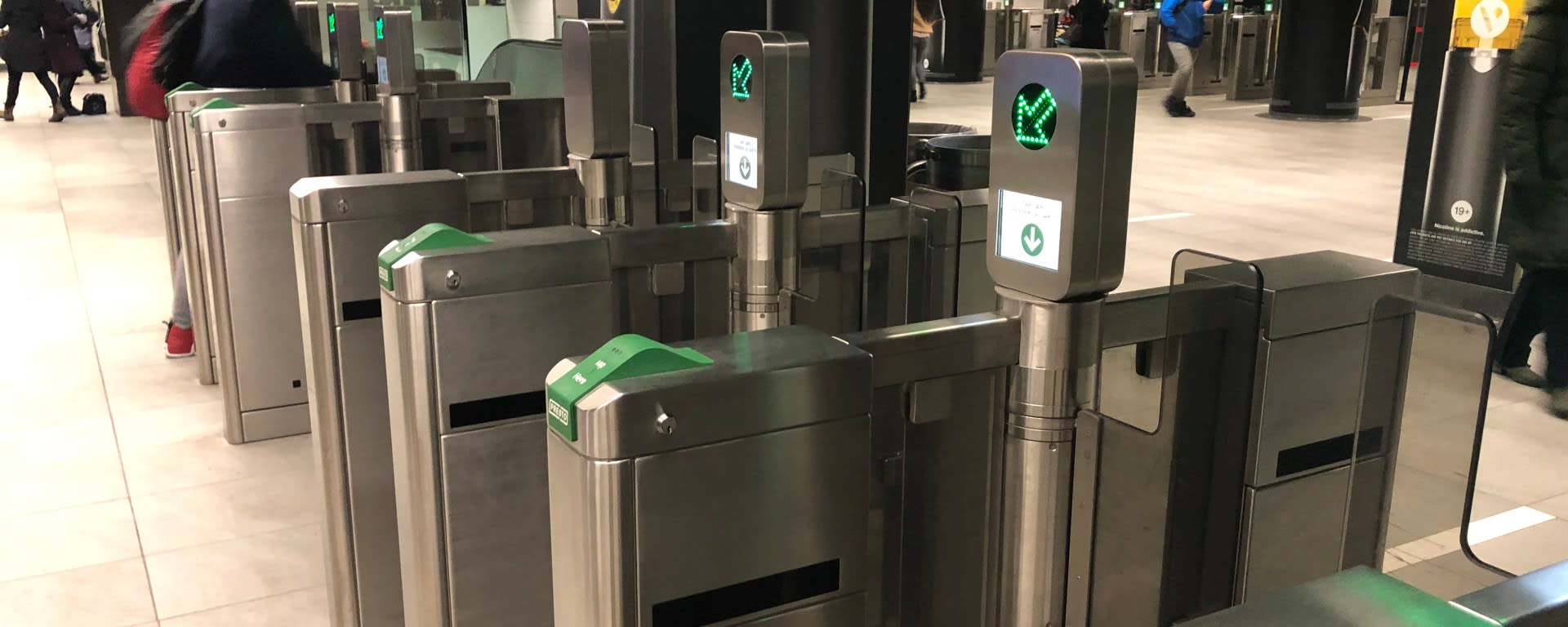Ontario Line benefits low-income Toronto neighbourhoods: report
Study concludes new subway will be within 10-minute walk for 242,000 people.
Oct 27, 2019
People from all walks of life – and especially lower income earners – will benefit from the new Ontario Line subway, according to an independent study by University of Toronto experts.
A study conducted by Dr. Steven Farber, an Assistant Professor in Human Geography at the University of Toronto, and PhD student Jeff Allen, has found access to education and jobs via transit will improve for people living near Ontario Line.
“The benefits are concentrated among low-income, visible minority and recent immigrant populations, compared to the average benefit received across the entire population,” the report concludes.
Ontario Line will be an approximately 16km free-standing subway, connecting Ontario Place/Exhibition through downtown Toronto to the Ontario Science Centre.
This route will be within a 10-minute walk of 242,000 people and 442,000 jobs, and about 25 per cent of those living within walking distance will be coming from low-income households, the authors of the study have found.
The lower-income neighbourhood benefits come from the decision to extend the new subway line north of Danforth and to stations that will be both east and west of the current Line 1 subway stations on Queen Street.
The report was commissioned by Metrolinx, however the transit agency had no influence or final say on the authors’ independent conclusions.
Other benefits found by the study, titled “The Ontario Line: Socioeconomic Distribution of Travel Time and Accessibility Benefits”, include the following:
- Within 5 km of stations, the travel time benefits are concentrated among low-income, recent immigrant, and low-income populations, based on today’s socioeconomic distribution.
- The three stations north of the Don River – Thorncliffe Park, Flemingdon Park and Science Centre – will provide the greatest gains in access to transit.
- Travel time benefits are significant, with most neighbourhoods along the Ontario Line corridors achieving 3-5 minutes of perceived travel time reduction per peak-period trip and savings of 5 minutes or more in 10 per cent of zones.
- 15,000 new peak-period transit trips per day will be generated.
Farber says studies like his can be used to determine if benefits of transit projects will reach marginalized groups, as they “allow us to consider the socio-economic impacts when making decisions about which projects to invest in.”
Becca Nagorsky, Metrolinx director of project planning, welcomed the results.
“You see more access to jobs, you see more access to cultural institutions and also those day-to-day things people need to make their lives work,” she said.
“A strong motivation for why I wanted to become an urban planner and focus on transportation was to serve communities in need, so it’s really gratifying for me to see this kind of analysis.” – Becca Nagorsky, Metrolinx director of project planning.
“We had an interest in doing an independent review of Ontario Line benefits, specifically focusing on doing a more in-depth review of benefits to different groups and really understanding the impact that the new line will have on vulnerable populations in the city like low-income households, visible minorities, and newcomers to Canada.”
She credits the sophistication of Farber and Allen’s methodology and statistical tools with giving Metrolinx a more detailed breakdown on the benefits of Ontario Line.
The results of the study also offered Nagorsky some personal satisfaction.
“A strong motivation for why I wanted to become an urban planner and focus on transportation was to serve communities in need, so it’s really gratifying for me to see this kind of analysis,” she said.
“Having easier, faster ways to get around the city is always ultimately a net improvement.”
